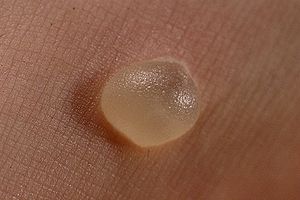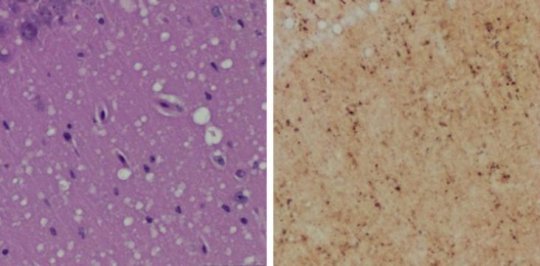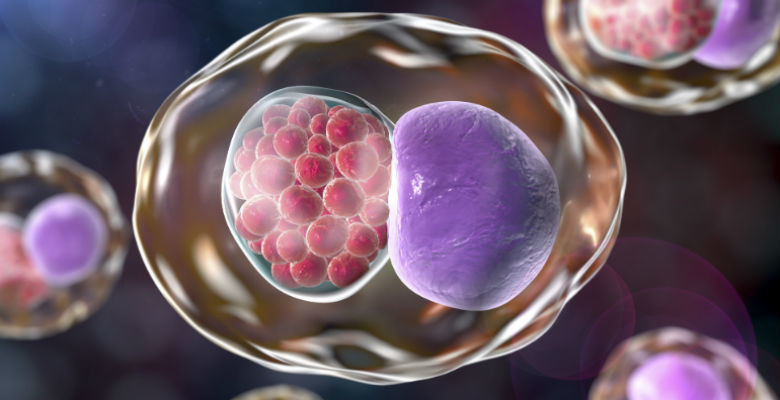Severe burns can leave physical and psychological scars, especially in children. When a burn patient enters the clinic, doctors use factors such as the depth and size of the burn, as well as the time required for skin healing — or re-epithelialization — to determine the best course of treatment. Now, researchers reporting in ACS’ Journal of Proteome Research have found another, possibly more accurate way to classify burn severity: analyzing proteins in blister fluid. Diagnosing burn depth, which can continue to increase even hours after the injury initially occurs, takes up…
Read MoreCategory: Skincare
New skin test detects prion infection before symptoms appear
Prions can infect both humans and animals, causing Creutzfeldt-Jakob disease (CJD) in humans, mad cow disease in cattle, and chronic wasting disease in elk and deer. The infectious, misfolded protein particles often go undetected as they destroy brain tissue, causing memory loss, mobility issues, and ultimately death. Preclinical detection of prions has proven difficult, but new research suggests skin samples hold early signs of prion disease that precede neurologic symptoms. “Currently a definitive diagnosis of Creutzfeldt-Jakob disease is dependent on the examination of diseased brain tissue obtained at biopsy or…
Read MoreArtificial skin could give superhuman perception
A new type of sensor could lead to artificial skin that someday helps burn victims ‘feel’ and safeguards the rest of us, University of Connecticut researchers suggest in a paper in Advanced Materials. Our skin’s ability to perceive pressure, heat, cold, and vibration is a critical safety function that most people take for granted. But burn victims, those with prosthetic limbs, and others who have lost skin sensitivity for one reason or another, can’t take it for granted, and often injure themselves unintentionally. Chemists Islam Mosa from UConn, and James Rusling…
Read MoreNew treatment for Chlamydia
Researchers at the University of Waterloo have developed a new way to prevent and treat Chlamydia, the most common sexually transmitted bacterial infection in the world. The new treatment differs from the traditional anti-biotic treatment as it is a type of gene therapy that is delivered via nanotechnology and is showing a 65 per cent success rate in preventing chlamydia infection on a single dose. “As antibiotic resistance continues to develop, people may experience Chlamydia infections that cannot be treated through conventional means, which is causing increasing public health challenges,”…
Read MoreStudy links psoriasis treatment and improvement in heart artery disease
Researchers have found that treating psoriasis, a chronic inflammatory skin disease, with biologic drugs that target immune system activity can reduce the early plaque buildup that clogs arteries, restricts blood flow, and leads to heart attacks and stroke. The findings highlight how immunotherapies that treat inflammatory conditions might play a role in the reduction of cardiovascular disease risks. The study, funded by the National Heart, Lung, and Blood Institute (NHLBI), part of the National Institutes of Health, appears online today in the journal Cardiovascular Research. “Classically a heart attack is caused…
Read More




